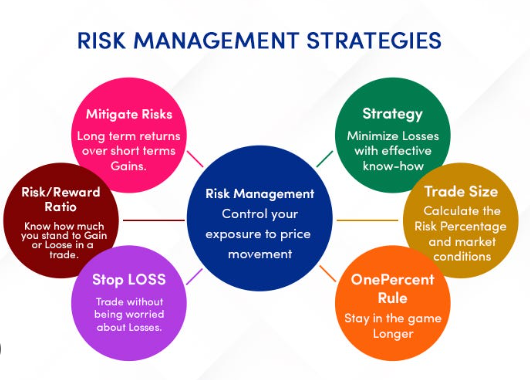Risk is an unavoidable facet of operating a business, and its potential impact can be substantial. To fortify against the unpredictable, businesses deploy robust risk management strategies, with business insurance emerging as a cornerstone in this defensive framework. In this comprehensive exploration, we dissect the integral role that business insurance plays in safeguarding enterprises from the diverse and often unforeseeable risks they encounter.
Understanding Business Risks:
Every business navigates a landscape fraught with uncertainties. These may encompass natural disasters, accidents, legal liabilities, economic downturns, or even unforeseen events like global pandemics. Developing effective risk management strategies necessitates a clear understanding of the specific risks that a business may encounter. This knowledge forms the foundation upon which a comprehensive risk management plan can be constructed.
The Role of Business Insurance in Risk Management:
Business insurance stands as a linchpin in the intricate framework of risk management. It operates as a financial bulwark, providing businesses with a safety net to recover from unexpected events and alleviate potential financial setbacks. Various types of business insurance are designed to address specific facets of risk, including property insurance, liability insurance, and business interruption insurance.
Property Insurance: Protecting Your Assets:
A core component of risk mitigation involves safeguarding physical assets. Property insurance steps into this breach, shielding a business’s buildings, equipment, inventory, and other tangible assets. In the aftermath of covered perils such as fire, theft, or natural disasters, property insurance facilitates the repair or replacement of damaged assets, enabling the swift recovery and resumption of normal business operations.
Liability Insurance: Shielding Against Legal Risks:
In an increasingly litigious environment, liability insurance emerges as a pivotal element in risk management. It acts as a shield against legal claims and financial losses stemming from various liabilities. General liability insurance, for instance, provides coverage for bodily injury, property damage, and personal injury claims, insulating businesses from the financial ramifications of lawsuits. In specialized fields, professional liability insurance safeguards against claims of professional negligence or errors.
Business Interruption Insurance: Ensuring Continuity:
Business operations can be disrupted by unforeseen events, ranging from natural disasters to equipment failures. Business interruption insurance steps in during these tumultuous times, offering coverage for lost income, ongoing expenses, and the costs associated with relocating or rebuilding. By providing a financial cushion during periods of upheaval, this insurance ensures the continuity of business operations.
Implementing a Comprehensive Risk Management Plan:
While business insurance is a linchpin in risk management, a holistic strategy extends beyond mere policy acquisition. It necessitates a meticulous assessment of risks, the formulation of contingency plans, and a continual process of monitoring and adapting strategies to align with the ever-evolving business environment.
Choosing the Right Business Insurance Policies:
Selecting the appropriate insurance policies demands a tailored approach. Businesses must conduct a thorough evaluation of their specific risks, consider industry regulations, and assess financial capabilities. Collaborating with insurance professionals facilitates the identification of coverage gaps, ensuring that selected policies align seamlessly with the unique needs of the enterprise.
Maintaining Compliance with Google Ads Policies:
In disseminating information related to business insurance, adherence to Google Ads policies is paramount. This mandates the provision of accurate information, the avoidance of misleading content, and the establishment of a clear and coherent connection between the advertisement and the landing page. Additionally, the content should abstain from promoting illegal products or services. Adhering to these policies not only ensures a successful advertising campaign but also cultivates trust and transparency with the target audience.
Conclusion:
In the tapestry of effective risk management, business insurance emerges as a potent thread, weaving together financial protection, resilience, and confidence. As businesses navigate the unpredictable terrain of risks, understanding these diverse challenges, implementing comprehensive insurance coverage, and adhering to advertising policies position enterprises to not only withstand uncertainties but to thrive amidst them. In conclusion, the symbiotic relationship between risk management and business insurance is not just a strategic imperative; it is a narrative of resilience, protection, and sustained success.
